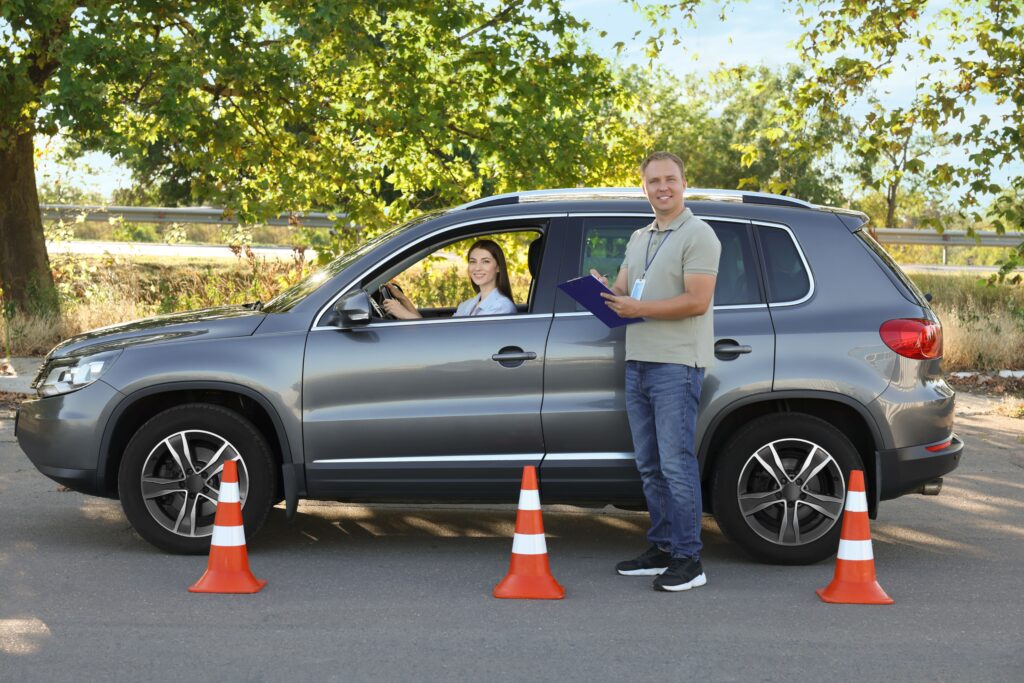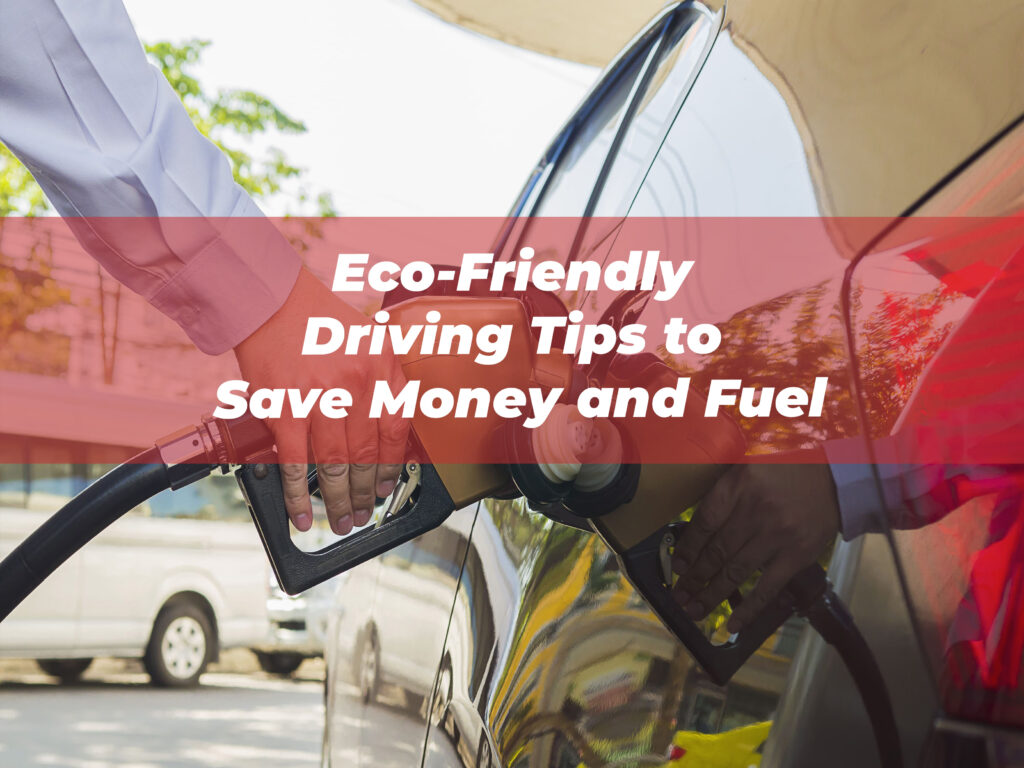Eco-Friendly Driving Tips doesn’t have to weigh heavy on your wallet or hurt the environment. By adopting eco-friendly driving habits, not only can you trim your expenses, but you can also reduce your carbon footprint and contribute towards a greener planet. The good news? Making small, mindful changes in how you drive can yield big results. Below, we’ll cover everything you need to know about driving smarter to save money and use less fuel.
Why Eco-Friendly Driving Matters
Before we jump into practical tips, let’s explore why Eco-Friendly Driving Tips is so important. Conventional driving habits consume more fuel, generate unnecessary emissions, and put extra wear and tear on your vehicle. The impact is felt both financially and environmentally. Here are the key benefits of adopting eco-friendly driving practices:
- Save Money on Fuel: Gasoline and diesel costs add up Eco-Friendly Driving Tips. Even small reductions in fuel consumption can result in significant savings over time.
- Lower Maintenance Costs: When you’re mindful of how you drive, your car experiences less strain, reducing costly repairs associated with wear and tear.
- Reduce Environmental Impact: Burning less fossil fuel means cutting down on greenhouse gas emissions, which contribute to climate change.
- Improve Driving Experience: Eco-driving tends to promote smoother rides, creating less stress on the road.
Now that we’ve covered why it’s important, let’s move on to actionable strategies you can implement today.
Practical Eco-Friendly Driving Tips
1. Drive Smoothly and Avoid Aggressive Maneuvers
Speeding, hard braking, and rapid Eco-Friendly Driving Tips are common habits that burn extra fuel. Instead, practice maintaining a steady speed and gently accelerating or braking. For example:
- Use cruise control on highways to maintain consistent speeds, which is more fuel-efficient.
- Look ahead for traffic flow. If you see a red light or stop sign in the distance, ease off the gas early to coast to a stop. This avoids unnecessary braking.
Aggressive driving not only drains more fuel but also wears out your brakes and tires quicker, adding extra repair costs to your budget.
2. Obey Speed Limits
Many drivers underestimate the fuel Eco-Friendly Driving Tips achieved by slowing down. Fuel efficiency typically declines rapidly at speeds above 50 mph. According to the U.S. Department of Energy, for every 5 mph you drive over 50 mph, it’s like paying an extra $0.20 per gallon for gas. Driving at moderate speeds improves mileage, helps avoid unnecessary speeding tickets, and makes for safer travel.
3. Reduce Idling Time
Leaving your Eco-Friendly Driving Tips running while parked wastes a surprising amount of fuel. Whether you’re waiting for a friend or stopped in a line of traffic, consider turning off the engine if you’re going to idle for more than 30 seconds. Many vehicles now come with auto start-stop systems that make this process seamless.
Idling not only wastes fuel but also contributes to air pollution. Being mindful of this habit can make a meaningful impact.
4. Use Air Conditioning Wisely
Your car’s AC system can increase fuel consumption by up to 25%, especially during city driving. On cooler days, consider opening the windows instead of using the air conditioner. However, on highways, windows should remain closed to reduce aerodynamic drag. Use AC sparingly when necessary and make sure the system isn’t overly cooling the cabin.
5. Plan Routes Efficiently
Proper route planning can save you significant time, fuel, and Eco-Friendly Driving Tips. Tools like GPS apps and mapping software can help you find the shortest or least congested routes for your trips. For even more savings:
- Combine errands into one trip rather than making multiple trips.
- Avoid peak traffic hours whenever possible.
- Use apps that monitor real-time traffic to avoid getting stuck in jams.
These small adjustments add up and can make daily commutes far more efficient.
6. Lighten Your Load
The more weight your Eco-Friendly Driving Tips carries, the more fuel it consumes. Remove unnecessary items from your trunk or back seats to enhance fuel economy. Additionally, avoid driving with roof racks or carriers if they’re not needed, as they increase wind resistance and drag.
7. Avoid Short Trips
Engines are less efficient when they haven’t warmed up, which means short trips result in disproportionately higher fuel usage. Instead of making several short trips, consolidate them into one longer outing or consider walking or biking for distances under a mile.

8. Use Eco-Driving Modes
If your vehicle comes equipped with an “eco” mode, make the most of it. Eco-driving modes automatically adjust settings like throttle response and air conditioning to maximize fuel efficiency. It’s a simple switch that yields savings over time.
Vehicle Maintenance for Better Mileage
An essential part of eco-friendly driving involves maintaining your Eco-Friendly Driving Tips. A well-kept car runs more efficiently, ensuring you get the most out of every gallon of fuel. Here’s how to keep your car in top condition:
1. Keep Your Tires Properly Inflated
Underinflated tires increase rolling resistance, making your engine work harder and using more fuel. Regularly check your tire pressure and ensure they are inflated to the manufacturer-recommended PSI. This information can be found in your owner’s manual or on the sticker inside the driver’s doorframe.
2. Perform Regular Oil Changes
Oil is your engine’s lifeblood, and neglecting oil Eco-Friendly Driving Tips can impact fuel efficiency and engine health. Use the correct grade of oil specified for your car, as it has a direct effect on how smoothly your vehicle operates.
3. Replace Air Filters
A clogged or dirty air filter restricts airflow to your engine, leading to poor performance and decreased fuel efficiency. Check and replace air filters during scheduled maintenance or when they appear dirty.
4. Maintain Engine Health
Pay close attention to warning lights or irregular Eco-Friendly Driving Tips behavior. Issues such as misfiring spark plugs or faulty oxygen sensors can significantly lower mileage. Regular tune-ups help detect and resolve these problems early.
5. Align Your Wheels
Misaligned wheels can create drag, which forces your car to use more fuel. If you notice uneven tire wear or difficulty steering, have your alignment checked and adjusted by a professional.
Adjusting Your Driving Mindset
Sustainable driving isn’t just about Eco-Friendly Driving Tips performance; it’s about shifting your approach to travel. Here are some ways to adopt a more conscious driving mindset:
1. Carpool Whenever Possible
Carpooling cuts down not only on emissions but also on shared fuel expenses. Whether commuting to work, school, or an event, consider sharing rides with family, friends, or coworkers.
2. Transition to Public Transport or Alternative Modes
If possible, reduce reliance on personal vehicles by using public transport, biking, or walking. These options are universally more eco-friendly and cost-effective over time.
3. Consider Electric or Hybrid Vehicles
If you’re in the market for a new car, switching to a more Eco-Friendly Driving Tips or hybrid vehicle is one of the single most impactful choices you can make. Electric vehicles (EVs) produce zero emissions and cost significantly less per mile to operate compared to gas-powered cars.
Environmental Impact of Driving Habits
Transportation is one of the leading contributors to greenhouse gas emissions in the world. On individual levels, every step taken to drive less or drive smarter can make a real difference. For example:
- Integrating eco-driving techniques can cut emissions by up to 20%.
- Switching to alternative commuting options can reduce reliance on fossil fuels.
By being conscious of your habits, you’re not just saving money; you’re playing a small but significant role in reducing the overall demand for fossil fuels and combating climate change.
Wrapping Up
Eco-friendly driving is about more than saving fuel costs; it’s a lifestyle change that benefits your wallet, your car, and the planet. From simple practices like proper tire inflation to bigger steps, such as considering carpooling, every effort counts.
Start by making one or two small adjustments today. Drive smoothly, reduce idling, plan routes better, and keep your car in prime condition. Over time, you’ll notice the financial and environmental results. Together, even tiny steps can lead to massive changes for a sustainable future.










